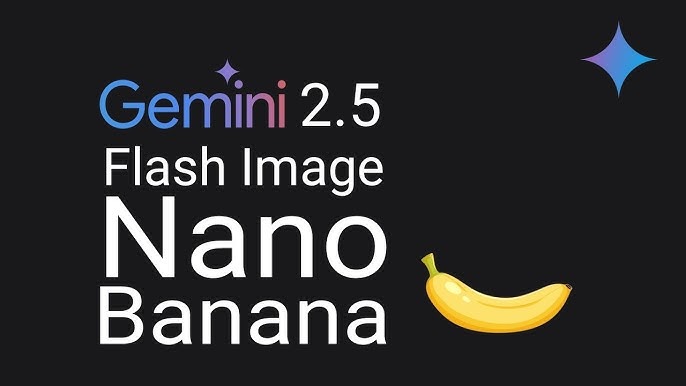Google’s latest AI innovation, Gemini Nano Banana—officially known as Gemini 2.5 Flash Image—is revolutionizing the landscape of image editing with capabilities that blend power, speed, and creativity. Integrated within Google’s Gemini app and accessible via Google AI Studio, this new AI model empowers both professionals and casual users to perform complex image generation, manipulation, and editing through simple natural language prompts. Here’s an in-depth look at four standout uses that are driving excitement around this breakthrough technology.
Next-Level Real-Time Image Editing
One of the most remarkable features of Nano Banana is its ability to interpret and execute high-quality image edits instantaneously. Whether it's changing outfits, adjusting lighting, or modifying backgrounds, the AI processes natural language instructions into seamless edits without manual layer work or masking. This real-time responsiveness makes it perfect for time-sensitive projects, enabling users to see near-instant changes as the model preserves the integrity of the original image with astonishing consistency.
Example: You could upload a selfie and ask the model to replace the background with a tropical beach, tweak the daylight ambiance to a sunset glow, and add stylish sunglasses—all in mere seconds.
Blending Multiple Images for Creative Storytelling
Nano Banana excels at blending diverse images while maintaining stylistic coherence and narrative alignment, opening doors for creative storytelling and composite photography. Users can merge product photos, portraits, or scenic shots in ways that harmonize lighting, mood, and perspective to create stunning visuals.
Example: A fashion brand can combine multiple outfit images into a single promotional poster, ensuring smooth transitions and consistent artistic style, eliminating tedious manual editing tasks.
Multi-Turn Collaborative Edits for Precision
Unlike one-shot editing tools, Nano Banana supports multi-turn editing where users can iteratively refine their images in a conversational manner. Add objects, remove elements, swap colors, or tweak angles—and the AI remembers previous changes while maintaining scene consistency.
Example: A designer can incrementally add new accessories to a product shot, then later decide to recolor the background or remove extraneous items without losing any prior adjustments.
Style Mixing to Experiment with Textures and Looks
A standout creative tool in Nano Banana is style mixing, which lets users transfer textures, patterns, or art styles from one image or object to another. This feature is highly valued by fashion designers, marketers, and digital artists aiming to experiment with looks without reshooting or extensive manual editing.
Example: A product designer may apply a luxurious fabric pattern from one sample to different clothing items in a campaign, instantly visualizing how multiple designs appear with varied textures.
Additional Features and Technical Notes
Beyond these top uses, Nano Banana brings unmatched consistency in likeness preservation, preserving faces and objects flawlessly across edits. It also supports synth ID watermarks to identify AI-generated content responsibly. The model is priced competitively and accessible to developers and enterprises through Gemini API and Google AI Studio, promoting widespread experimentation and innovation.
Conclusion: Democratizing Advanced Image Editing
Google Gemini Nano Banana represents a leap forward in AI-powered creativity that reduces traditional barriers to professional-level image editing. Whether for social media content creation, fashion design, marketing visuals, or digital art, its intuitive controls and powerful capabilities are democratizing the process, enabling anyone to bring their creative visions to life with ease and precision.
Sources: Google DeepMind Blog, ImagineArt, YouTube technology channels, Google AI Studio, Futurepedia.




